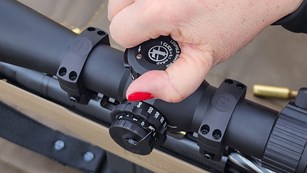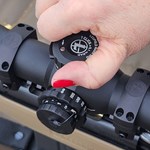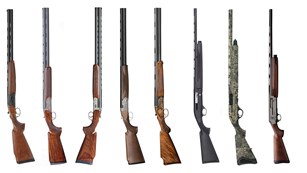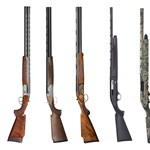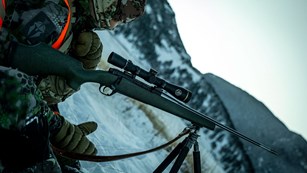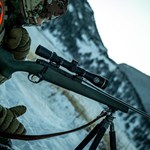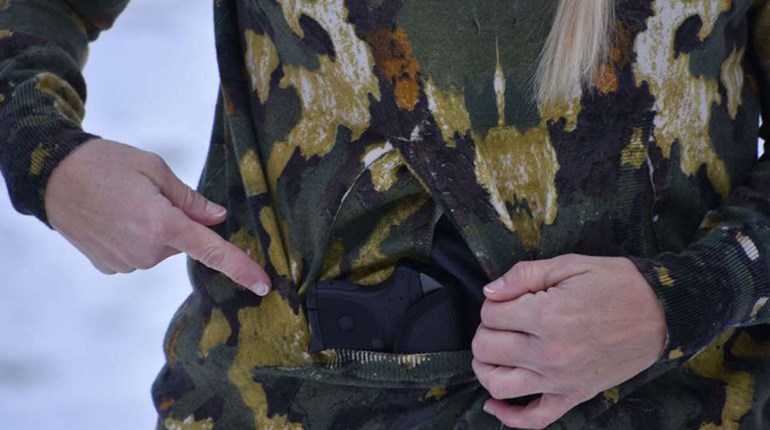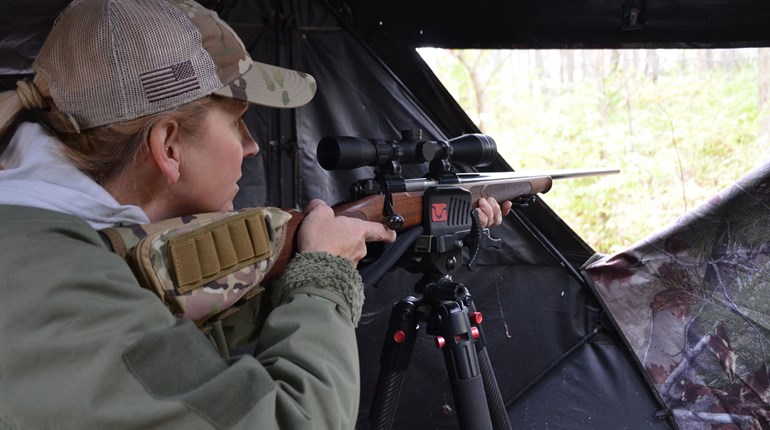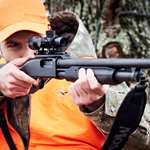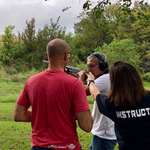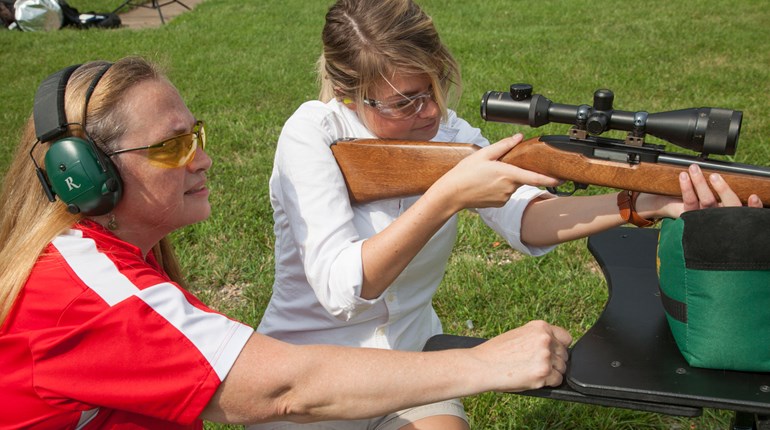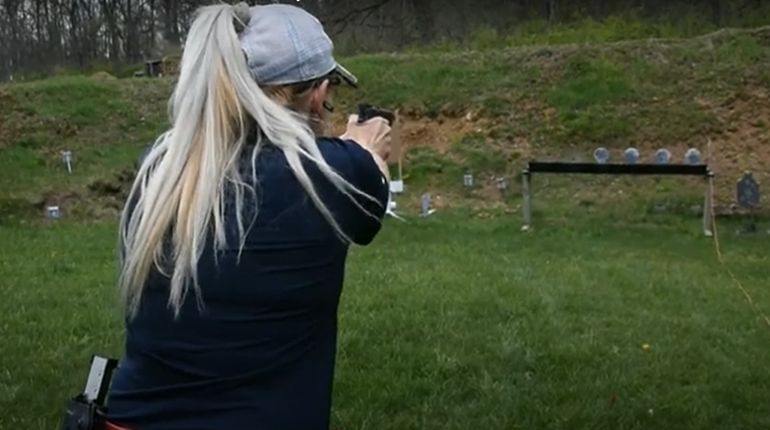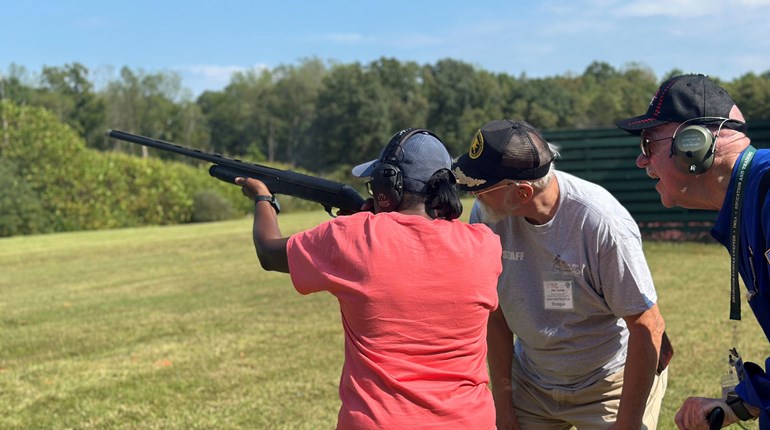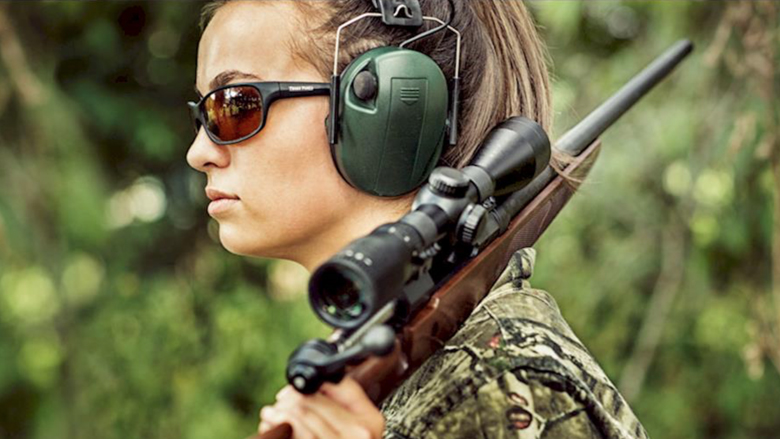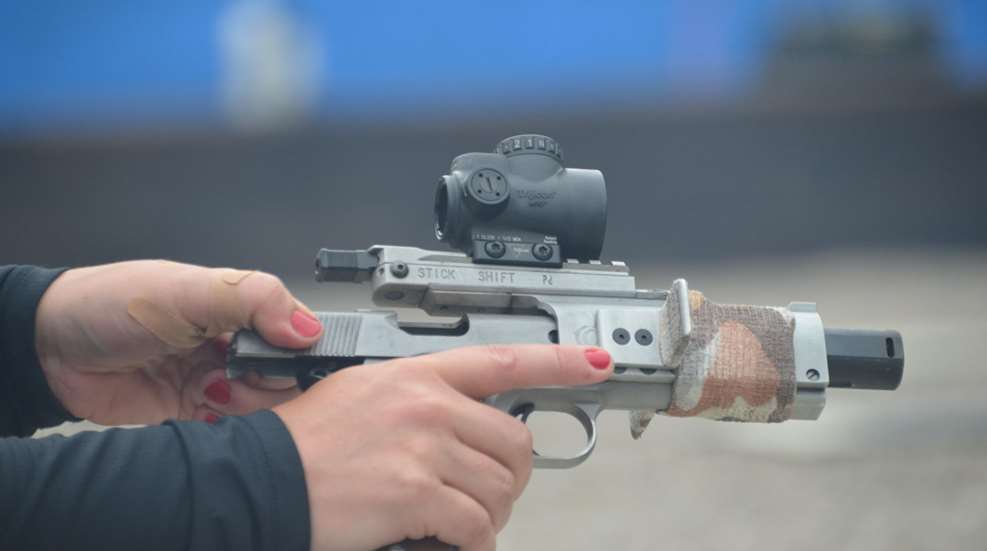
Whatever your experience with firearms, one of the most frustrating things to deal with on the range is a malfunction. They’re going to happen, but discerning why they happen and addressing the cause is something all gun owners should be capable of. Here are some common pistol malfunctions and ways to identify and address them.

Cycle of Operations
My experience has led me to the conclusion that most malfunctions are simple and easy to address. The most common I’ve dealt with are:
- magazine related (mag springs too weak)
- ammo related (chamber/feed ramp doesn’t like the bullet profile, or the ammo is not powerful enough)
- self-induced (limp-wristing or dragging your thumb on the frame)
Understanding if one of these things is happening will save a lot of frustration. But understanding why it’s happening and being able to figure out what's causing it requires you to understand the cycle of operations that happens when a gun is fired.
The Cycle of Operations includes:
- Feeding: feeding a round from the magazine into the chamber
- Firing: pulling the trigger, firing pin hitting the primer and igniting the round
- Extracting: extractor grabs the spent case and pulls it from the chamber
- Ejecting: ejector pushes the round out of the ejection port side of the gun
Troubleshooting Malfunctions
Based on the actions happening during the firing cycle, you can begin to break down problems and understand why they happen.
Feeding: Reasons your pistol might fail to feed
- Ammunition is not powerful enough to cycle the action.
- Action is so dirty that it doesn’t cycle (move) powerfully enough with the ammo you’re using.
- Magazine springs are weak and they’re not pushing up the next round forcefully enough.
- Magazines are out of spec.
- Weak recoil spring
- The feed ramp and chamber geometry are not compatible with the bullet profile you’re using. For example, flat nose vs round nose profile.
Firing: Reasons your pistol might fail to fire
- The gun does not go all the way into battery. This could be the result of having ammunition that is not powerful enough to fully cycle the slide or having a gun that is too dirty to allow it to go fully into battery.
- The round of ammunition is out of spec—a high primer or some defect from the loading/reloading process.
- You did not chamber a round/the chamber is empty. This sounds silly to mention, but if your ammo is not powerful enough, your gun might not have fed the next round into the chamber.
- Your magazine is not fully inserted and you fired one round, but the next did not get fed because the mag is not seated.
- Your firing pin broke or you have too much dirt inside your firing pin channel to allow the firing pin to travel the amount it needs to hit the primer properly.
Extracting: Reasons your firearm might not extract a spent case
- Ammunition is not powerful enough, and your gun did not cycle. Semi-automatic pistol uses the force created when a round is shot in conjunction with the series of springs inside your pistol (recoil spring, firing pin return spring, magazine spring). It’s a system, and the system needs to have the proper inputs to function correctly. If something is out of spec, it can disrupt the cycling of the gun.
- Extractor is broken.
- Extractor is weak. (Sometimes the extractor channel is so dirty that the extractor no longer has enough movement to function properly. Many extractors are simply a piece of metal with a hook at one end, and a slight bend to the shaft. If there is so much carbon buildup that the metal cannot maintain that bend, it is forced straight, and no longer moves to perform the hooking action)
- Extractor hook itself is so dirty that the hook isn’t functioning.
- Ammo is so hot that the gun is operating too fast or forcefully, and the extractor is ripping off the brass case. The rim of the brass will have marks or gouges.
Ejecting:
The ejector is a metal protrusion that, when the gun cycles, as the slide is pushed back and the hook on your extractor extracts the round out of the chamber, the spent case inside the slide moves to the rear and slams into the stationary ejector, pushing the case out of the ejection port.
One reason the ejection process can go wrong is that something interferes with the slide travelling far enough back on the frame so the ejector can push the case out. Two major reasons this happens are limp-wristing and dragging your thumb on the slide.
- Limp-wristing could be described as holding your pistol with wrists and arms that are like springs. They are “soft” and when the gun is fired, instead of holding the gun stationary so the slide can travel all the way back, come to a stop, and slide forward again (completing the movement required to eject the spent case), the limp noodle level of tension in the person's arms and wrists prevent the gun from cycling properly.
- Dragging your thumb on the slide happens when your thumb is too high on your support side and it slows the slide down so much it interferes with it cycling.
Understanding the basics of the cycle of operations and how they need to happen will allow you to start trouble-shooting malfunctions as they happen. The most important rule to keep in mind when assessing a malfunction is to stop, take your finger off the trigger, keep the gun pointed in a safe direction and look at what is happening. Taking “remedial action” and clearing a malfunction is a good skill to have, but in practice and training, stopping to see what is going wrong and figuring out why is important. It will allow you to solve problems now and have your gun cycling predictably in the future.
